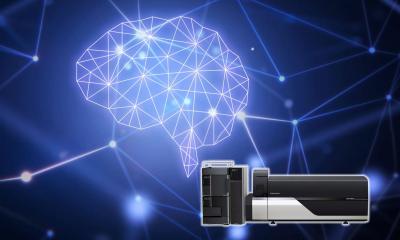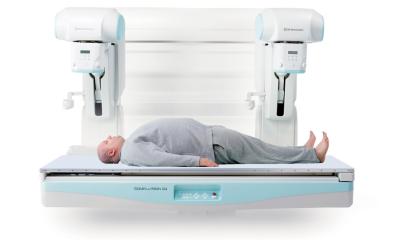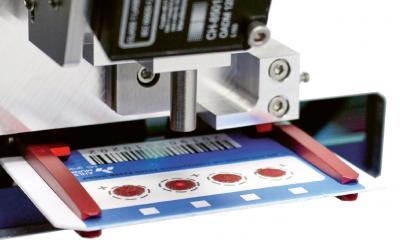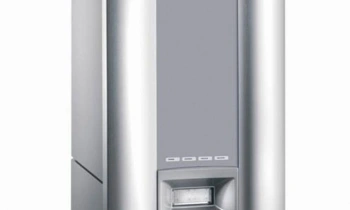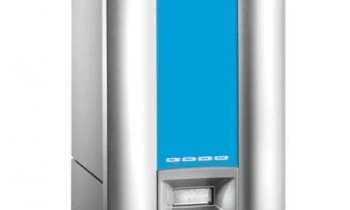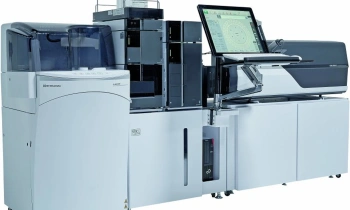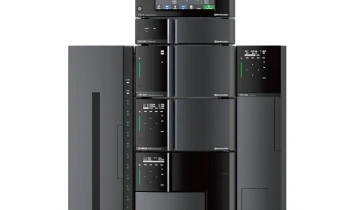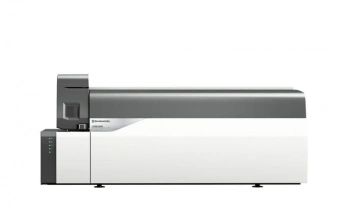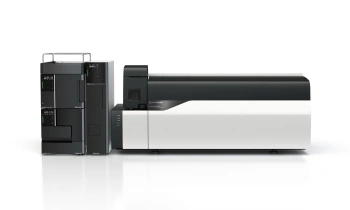Celebration
Japanese firm celebrates 140 successful years
The son of a craftsman making Buddhist altars, he was driven to create instruments for physics and chemistry. Attending the Physics and Chemistry Research Institute he gained experience with a variety of technologies and fields of expertise. He was convinced that Japan, as a should work towards becoming a leader in science. At the dawn of the industrial revolution and scientific age in 1875 he founded his own business in Kiyamachi, Kyoto. His name was Genzo Shimadzu.

Celebrating its 140th anniversary in 2015, Shimadzu sits among leading international manufacturers of analytical instrumentation and diagnostic X-ray imaging systems. The firm’s technologies are essential tools for quality control of consumer goods and articles of daily use, in healthcare as well as all areas of environmental and consumer protection. Spectroscopy, chromatography, environmental analysis, balances, biotechnology, material testing and medical technology make up a homogeneous yet versatile offering. Along with many ‘industry first’ technologies and products that Shimadzu has created and invented since 1875, there has also been the exceptional awarding of the 2002 Nobel Prize for Chemistry to Shimadzu engineer Koichi Tanaka for his outstanding contributions in the field of mass spectrometry. As a global player, Shimadzu operates production facilities and distribution centres in 76 countries, with more than 10,000 employees worldwide. For over 45 years the European headquarters has been located in Duisburg, Germany.
Scientific excellence
Since 2012 Shimadzu’s brand value proposition was expressed through the new claim ‘Excellence in Science’ representing the company’s scientific and technological approach to always provide business and research solutions with the most modern analytical and diagnostic systems ensuring better product, consumer and patient safety. Numerous world firsts that have become industrial standards today as well as increasingly sensitive measuring methods substantiate this claim, Shimadzu points out.
The company’s new Laboratory World in Duisburg, Germany is an example of how to fulfil this brand promise. On over 1,500 m², mostmodern testing and training facilities were created for Shimadzu’s entire product range – from chromatographs, spectrophotometers, TOC analysers, mass spectrometers and material testing machines.
Details: www.shimadzu.com/about/topics/140th.html
A few Shimadzu Milestones
1896 - One year after Dr Roentgen discovered X-rays, Shimadzu succeeded in producing an X-ray image
1909 - Shimadzu developed the first medical X-ray device made in Japan. Ever since, Shimadzu has pioneered medical X-ray devices
1934 - With the development of Japan’s first spectrograph, Shimadzu advanced into the field of analytical instruments
1936 - The company began to manufacture aircraft equipment 1951 - Shimadzu began to increase the number of exports to global markets
1956 - Development of Japan’s first gas chromatograph
1960 - Shimadzu developed a vacuum quantometer, which served as a major stimulus to the steel industry
1961 - Shimadzu created a remote-controlled X-ray fluoroscopy system
1968 - The firm’s European HQ was established in Germany
1999 - Development of the world’s fastest DNA sequencer
2002 - Shimadzu engineer Koichi Tanaka received the Nobel Prize for Chemistry and Japan’s Order of Cultural Merit
2003 - World’s first diagnostic imaging system with a direct-conversion flat-panel detector was launched
2005 - The first fully digital mobile X-ray system in the world, equipped with a portable flat panel detector arrived
2007 - A digital tomosynthesis function for general radiographic examinations was released
2014 - A next generation high-performance crossover digital angiography system was launched
04.03.2015



